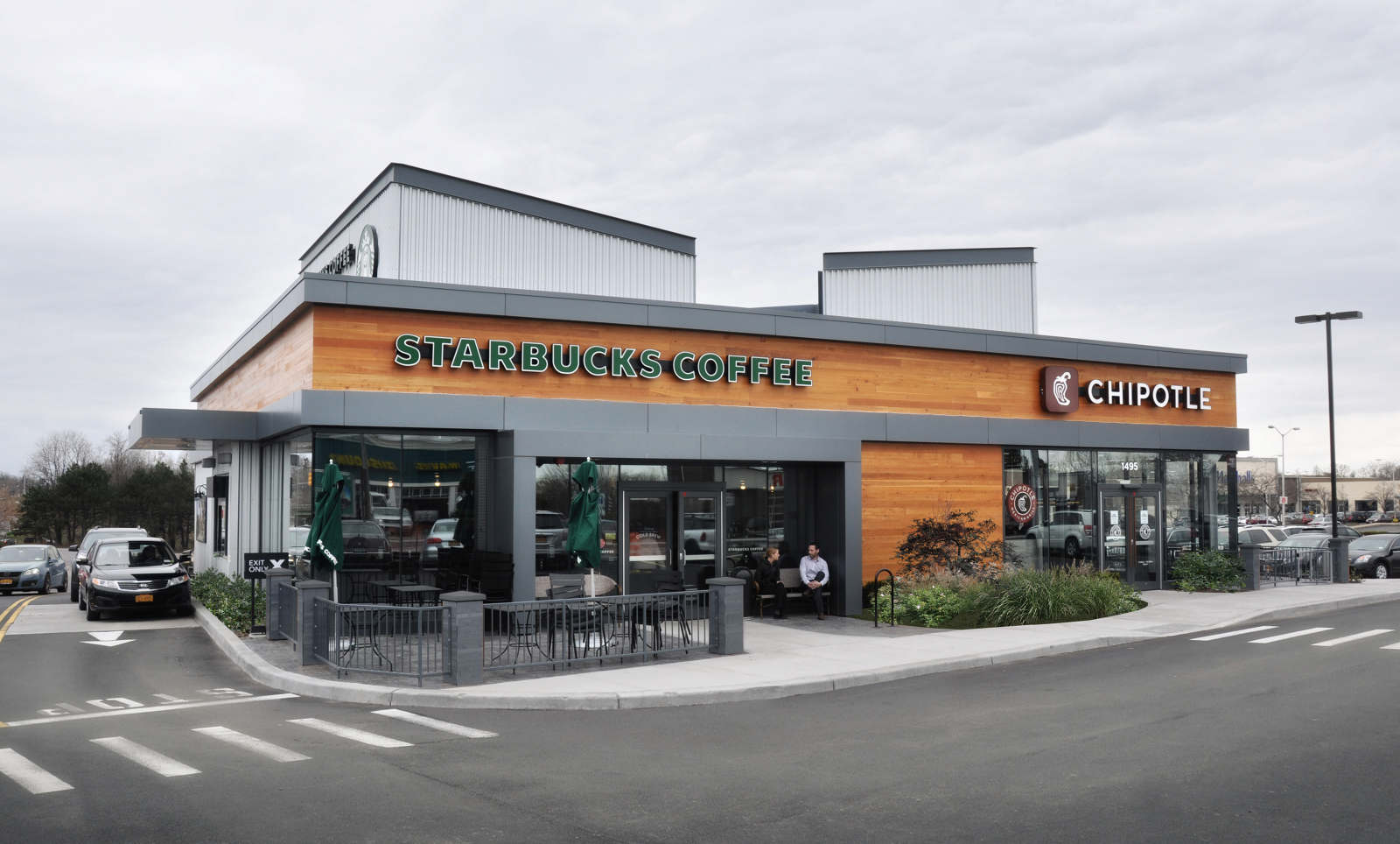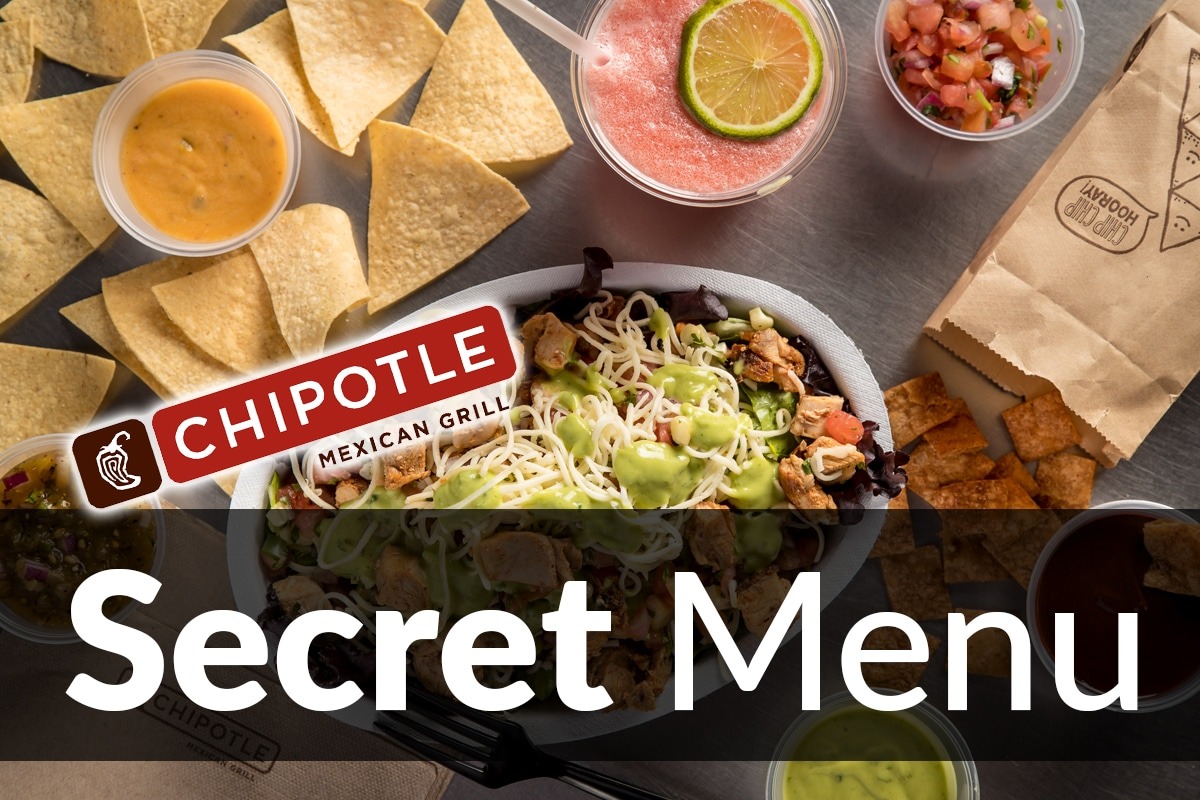The Starbucks and Chipotle Customer Experience

Starbucks and Chipotle, two prominent names in the food and beverage industry, offer distinct customer experiences that have contributed to their success. Both companies have cultivated loyal customer bases by focusing on specific elements that resonate with their target audiences. While both companies aim to provide a positive experience, their approaches differ significantly, creating unique brand identities.
Comparison of Customer Experiences
The customer experience at Starbucks is characterized by its emphasis on convenience, speed, and a sense of community. Starbucks locations are often strategically placed in high-traffic areas, offering quick service and a consistent menu. The company’s focus on personalized orders, such as customized drinks and pastries, creates a sense of individual attention.
Chipotle, on the other hand, prioritizes fresh, high-quality ingredients and a customizable dining experience. Customers can choose from a variety of fresh ingredients to create their own bowls, burritos, or salads, allowing for greater control over their meals. The company’s commitment to sustainability and ethical sourcing resonates with environmentally conscious consumers.
Key Elements Contributing to Brand Identities
- Starbucks:
- Brand Recognition: The iconic green mermaid logo and the distinctive aroma of freshly brewed coffee instantly identify Starbucks. This strong brand recognition creates a sense of familiarity and comfort for customers.
- Convenience: Starbucks prioritizes speed and efficiency, offering a streamlined ordering process and quick service. The company’s widespread presence makes it easy for customers to find a location and satisfy their caffeine cravings.
- Community: Starbucks locations often serve as gathering places for individuals and groups, fostering a sense of community. The company’s comfortable seating areas and free Wi-Fi encourage customers to linger and socialize.
- Chipotle:
- Fresh Ingredients: Chipotle’s focus on fresh, high-quality ingredients is a key element of its brand identity. The company uses locally sourced produce and meat, free from artificial flavors and preservatives, appealing to health-conscious consumers.
- Customization: Chipotle empowers customers to create their own meals, offering a wide range of ingredients and options. This customizable dining experience caters to individual preferences and dietary needs.
- Sustainability: Chipotle’s commitment to sustainability and ethical sourcing is an important part of its brand identity. The company’s use of sustainable packaging and its efforts to reduce its environmental impact resonate with environmentally conscious consumers.
Physical Space and Staff
Starbucks locations are typically designed to be inviting and comfortable, with warm lighting, comfortable seating, and a focus on creating a welcoming atmosphere. The company’s staff is trained to provide friendly and efficient service, creating a positive customer experience.
Chipotle locations, on the other hand, have a more casual and minimalist aesthetic. The focus is on showcasing the fresh ingredients and the open kitchen, allowing customers to see their food being prepared. Chipotle’s staff is known for its friendly and knowledgeable service, guiding customers through the ordering process and providing recommendations.
The Menu and Product Offerings: Starbucks Chipotle

Starbucks and Chipotle offer distinct menus catering to different consumer needs and preferences. Starbucks, known for its coffee and beverage offerings, provides a diverse range of food items, while Chipotle specializes in customizable burritos, bowls, and salads.
Comparison of Menus
The menus of Starbucks and Chipotle differ significantly in their focus and variety. Starbucks offers a wide range of beverages, including coffee, tea, espresso drinks, Frappuccinos, and smoothies. Their food menu includes pastries, sandwiches, salads, and yogurt parfaits. Chipotle, on the other hand, focuses on customizable burritos, bowls, and salads with a limited selection of protein options, including chicken, steak, barbacoa, carnitas, and vegetarian options.
Popular Menu Items
Starbucks’ most popular items include its signature coffee drinks, such as lattes, cappuccinos, and iced coffees. Their pastries, such as croissants and muffins, are also popular choices. Chipotle’s most popular items are its customizable burritos and bowls, with customers having the option to choose their preferred ingredients, including rice, beans, meat, salsa, and guacamole.
Pricing Strategies
Both Starbucks and Chipotle employ pricing strategies that reflect their target market and product offerings. Starbucks utilizes a tiered pricing system, with prices varying based on the size, complexity, and ingredients used in each beverage. Chipotle, on the other hand, follows a fixed pricing model, with the price of a burrito, bowl, or salad remaining consistent regardless of the chosen ingredients.
Sustainability and Ethical Sourcing
Starbucks and Chipotle have implemented various sustainability and ethical sourcing practices to ensure responsible sourcing of ingredients and minimize their environmental impact. Starbucks has committed to sourcing 100% ethically sourced coffee by 2020 and has partnered with Fair Trade and Rainforest Alliance to promote sustainable coffee production. Chipotle has implemented a “Food with Integrity” program, emphasizing sustainable agriculture and animal welfare. They source ingredients from farms that meet their strict standards for animal welfare, environmental sustainability, and responsible farming practices.
Marketing and Branding

Starbucks and Chipotle, despite operating in different industries, share a common goal: to create a loyal customer base through effective marketing and branding strategies. Both companies have built strong brand identities, but their approaches differ in significant ways.
Marketing Strategies, Starbucks chipotle
Starbucks and Chipotle utilize distinct marketing strategies to appeal to their respective target audiences. Starbucks, known for its premium coffee experience, focuses on creating a sense of community and belonging. They leverage emotional storytelling in their advertising campaigns, highlighting the role of coffee in daily life and social interactions. Chipotle, on the other hand, emphasizes transparency and ethical sourcing in their marketing. They promote their commitment to using fresh, high-quality ingredients and sustainable practices, appealing to health-conscious consumers.
Target Demographics
Starbucks targets a broad demographic, encompassing individuals of all ages and backgrounds who appreciate quality coffee and a comfortable atmosphere. They cater to professionals seeking a quick caffeine fix, students studying in cafes, and families enjoying a weekend brunch. Chipotle, on the other hand, primarily targets younger adults, particularly millennials and Gen Z, who are environmentally conscious and value fresh, wholesome food. They position themselves as a healthier alternative to fast food chains, appealing to those seeking a quick and satisfying meal without sacrificing quality.
Brand Positioning and Messaging
Starbucks positions itself as a premium coffee brand that provides a comforting and familiar experience. Their messaging focuses on creating a sense of community, belonging, and indulgence. They use evocative imagery and language to evoke emotions associated with coffee, such as warmth, comfort, and connection. Chipotle, on the other hand, positions itself as a fast-casual restaurant that prioritizes fresh, ethically sourced ingredients. Their messaging emphasizes transparency, sustainability, and a commitment to quality. They use bold and direct language to highlight their unique value proposition, emphasizing the integrity of their ingredients and their commitment to responsible sourcing.
Social Media and Digital Marketing
Both Starbucks and Chipotle are active on social media platforms, using them to engage with their customers and build brand loyalty. Starbucks leverages social media to share new product launches, promotions, and behind-the-scenes content, fostering a sense of community and excitement. They use Instagram to showcase visually appealing images of their products and cafes, creating an aspirational lifestyle brand. Chipotle, on the other hand, uses social media to highlight their commitment to sustainability and ethical sourcing. They frequently post about their farming practices, ingredient sourcing, and employee stories, connecting with consumers who value transparency and social responsibility. Both companies utilize social media advertising to reach targeted audiences and promote their products and services.
Starbucks chipotle – Starbucks and Chipotle, two titans of the food and beverage industry, are always keeping things fresh and exciting. And who better to lead the charge at Starbucks than Laxman Narasimhan , the new CEO who’s got a vision for the future.
He’s got the experience and the drive to keep Starbucks on top, so expect some major moves in the coming years, maybe even a secret menu collab with Chipotle? One can only dream!
Starbucks and Chipotle, two giants of the fast-casual world, are always vying for the top spot in the hearts and stomachs of customers. But behind the scenes, Starbucks CEO Brian Niccol, the mastermind behind the coffee giant’s success, is always looking for ways to innovate and grow.
starbucks ceo brian niccol is a force to be reckoned with, and his leadership is undoubtedly one of the driving forces behind Starbucks’ continued success. It’ll be interesting to see how he continues to shape the future of Starbucks and whether he can inspire the company to take on Chipotle’s reign in the fast-casual space.
